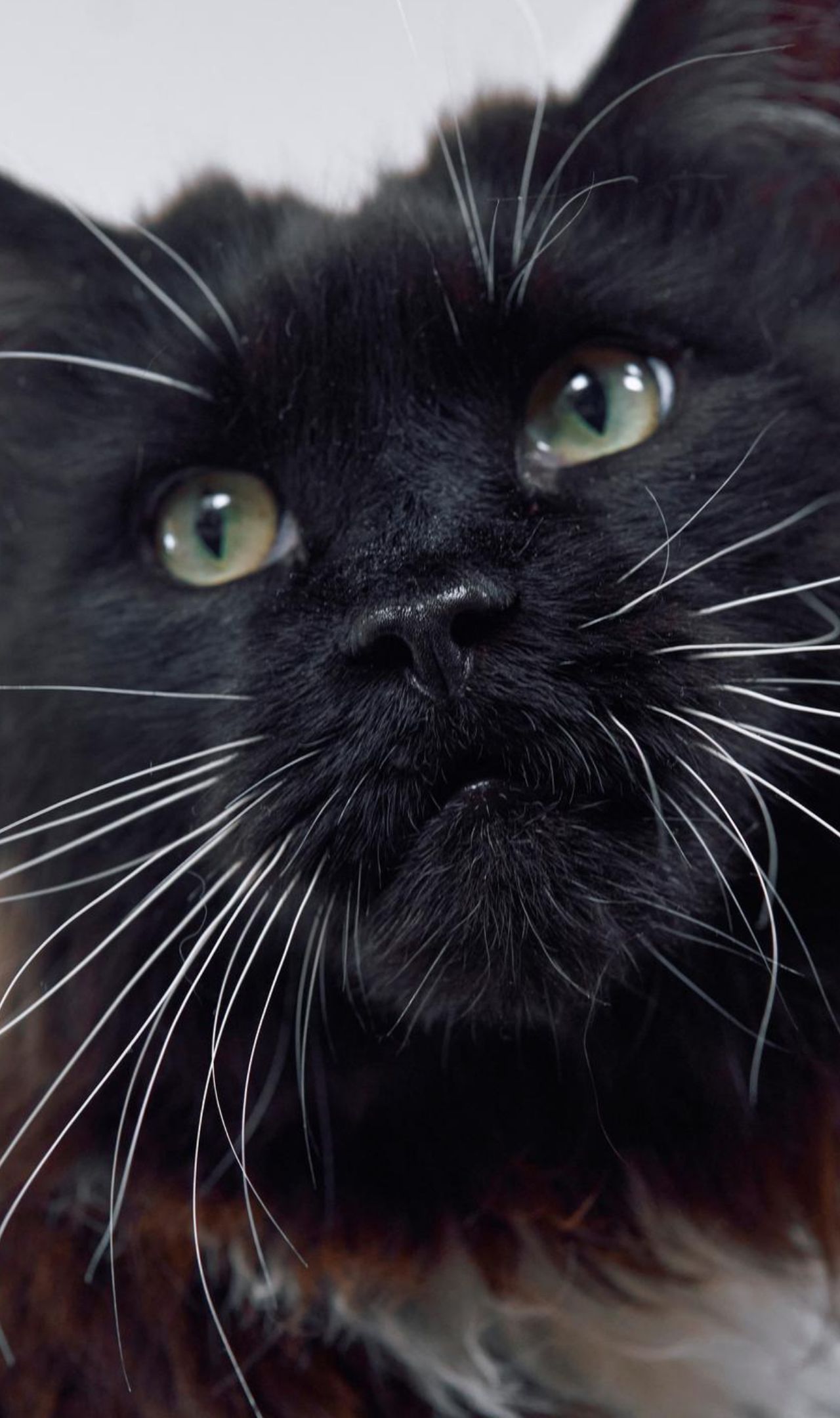

Happy cats, happy owners
Feline diabetes usually strikes without warning. Some cats may suffer from lethargy or weight changes, while others can be diagnosed with the ailment before showing any outward symptoms.
For Scooter, a large, much-loved tuxedo cat, the initial indicators were unusual thirst and frequent urination. His owners, Joseph and Angie Allen, had been unaware that cats could suffer from diabetes, even though Angie is a diabetic herself. She realized that Scooter needed immediate attention from the veterinarian. And when Scooter received his diagnosis – feline diabetes mellitus – Joseph and Angie took action.
With no other treatment options available at the time, Scooter was put on a routine of twice-daily insulin injections, close blood sugar monitoring and a protein-heavy diet. He took to his new regimen like a champ – never making a fuss about the needles, never needing to be chased before treatment, never so much as hissing at the vet during a check-up.
Still, there were risks – like Scooter’s blood sugar dropping dangerously in the middle of the night if he received too much insulin. Even then, Scooter handled it well: He would march right up to Joseph and meow until Joseph woke up to give him more food. In this way, Scooter lived a long and happy life despite his chronic condition. For years after his diagnosis, he never ceased to shower Joseph and Angie with affection and even overcame a serious injury later in life. When he passed away, it was simply from old age.
While this story is entirely true, it does not represent the typical experience of most people living with a diabetic cat. For many owners, the thought of using a needle on their cat twice a day is daunting. Many struggle to maintain the strict routine, with injections spaced at regular 12-hour intervals. Work and other commitments often get in the way.
From the cat’s vantage point, such treatment is not to be accepted cheerfully. Not knowing why any of these incursions are happening, they often run away or put up a fight when they know another injection is coming, placing even more strain on their owners. These challenges contribute to one out of three cats being euthanized within the first year of insulin treatment.

A paradigm shift in feline diabetes care
Improving the health and lives of humans and animals is the goal of Boehringer Ingelheim. The company focuses on diseases in areas with a high unmet medical need, developing innovative therapies that can improve and extend lives of both.
Considering that in the past the treatment of diabetic cats had required insulin injections twice a day and a time-consuming monitoring regime or a pill (many cats dislike taking pills), the company’s research & development team undertook the task to discover another solution to treat cats diagnosed with diabetes.
Due to their relentless effort and unwavering dedication, in 2023, a once-a-day liquid oral treatment option for the treatment of cat diabetes was approved by the European Medicines Agency and US Food and Drug Administration. This marks a significant advance in managing feline diabetes, both for cats and their owners.
Life, uninterrupted
Oral treatment is suitable for many cats, but some may still require insulin injections. Of course, besides medication, incorporating an appropriate diet and promoting a more active lifestyle can alleviate some of the challenges of living with feline diabetes.
Yet one thing is certain: Cats now diagnosed with diabetes may have a better chance to lead more fulfilling lives than ever before possible.

